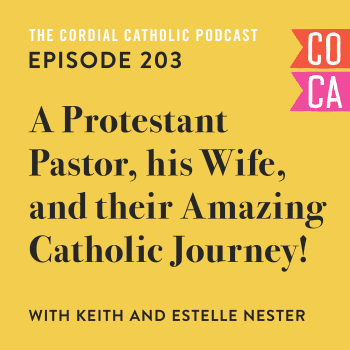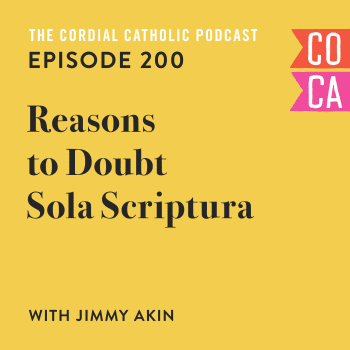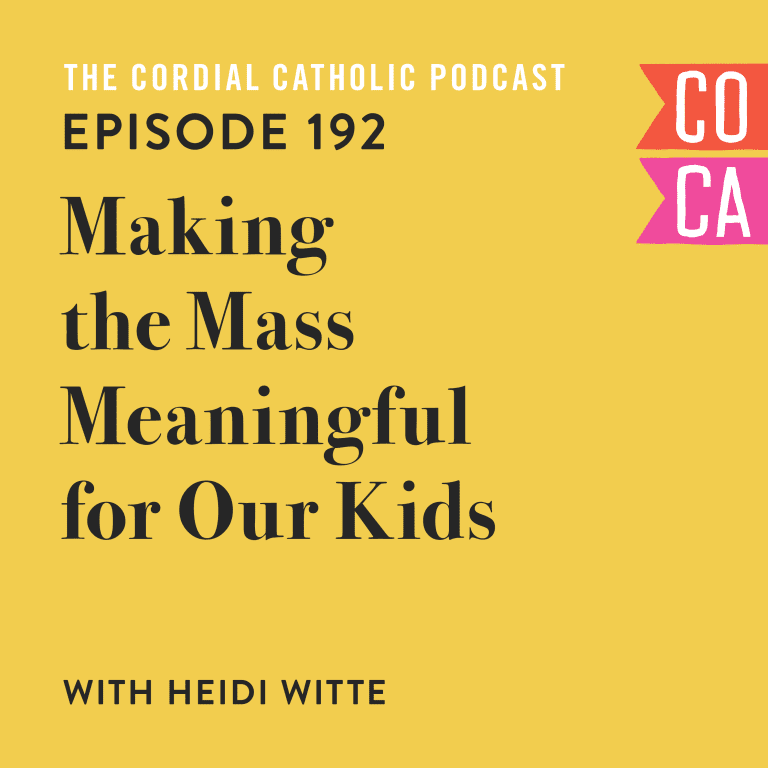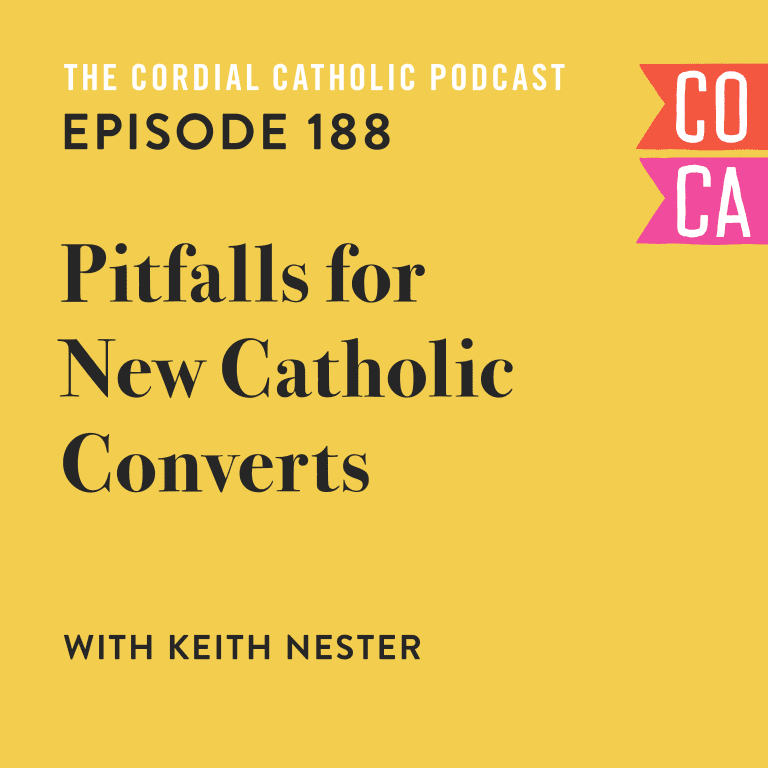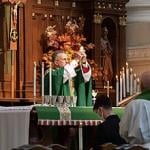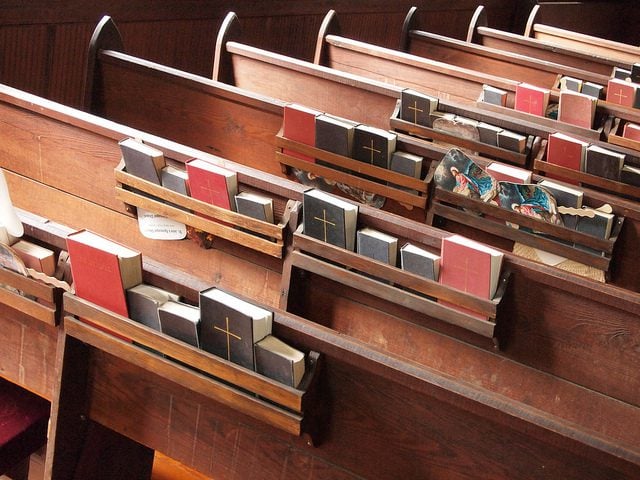
I have a story to tell. Unlike most stories we tell I don’t think this one has a moral takeaway or objective life lesson to teach. Actually, I’m sure it does, but I haven’t found it yet—and that’s the awesome part about journeying, some things we experience don’t click right away. Sometimes, actually, mostly all the time, the longview is absolutely stunning. Even if you can’t see the forest for the trees when you’re in the thick of it.
This is one of those times, where I know something amazing happened here but I don’t know, quite yet, what to make of it. I told this story to a very good, long-suffering friend of mine and it seemed profound although neither of us could really tell why. It is profound though. So I’ll tell you what happened, I’ll leave it here on the table, and I’ll ask you to make of it what you will.
The story is about the day I experienced the dual natures of Jesus Christ.
I love to tell stories more than once. I’m sure, if you ask anyone that knows me even half-way decently, they’ll be able to affirm this fact for you quite readily. Sometimes I get jazzed up on particular tale and it’s all I tell for days, weeks, or months. You’d be right to guess it drives my wife up the wall but I’m fortunate to have so many patient and loving people surrounding me. But I do, I do tell stories over and over again.
One story I love to repeat is that of St. Nicholas, the real Santa Claus who once, at a council, slapped a fellow bishop square across the face for denying the dual natures of Christ: human and divine. I say it every time I tell the story but, friends, that is a Santa Claus I can get behind.
For the past few months, as I’ve progressed in my RCIA (Rite of Christian Initiation for Adults) classes and as I’ve come closer to becoming a bona fide Catholic it’s been encouraged that I start acting like a Catholic. As a result, I’ve filled our house with religious paraphernalia, hung a rosary from my car’s rearview mirror, and changed nothing else about my life. Just kidding!
In actuality, I’ve begun, as it was encouraged, to live like a devout Catholic. That means, among other things, I’ve begun to attend weekly Sunday Masses. On most Sundays this means going, with my wife, to our regular non-denominational Protestant worship service as well as attending Mass, either before or afterwards. Thankfully, there are lots of Catholic churches within driving distance and there are a variety of accommodating Mass times in our area.
My story is about one particular experience and it happened while we were travelling and away from home over Christmas. We were staying, actually, at my wife’s parent’s house and, on a Sunday morning, I found myself at Mass in a different town. This isn’t the point but the Mass itself was pretty incredible. The priest and parishioners were earnest and devout, the music was rich and beautiful, and the service was very reverent (and relevant). I’ve written before about picking a church out of the phone book. The beauty in the unity of the Roman Catholic Church is that I knew exactly what to expect; I knew it would be licit and doctrinally sound. It’s always a nice bonus to experience the Mass in a different context too.
For my purposes here though I want to talk about one particular part of the Mass, the processional. See the Mass begins with the parishioners in the pews and an empty altar at the front of the church. The priest, or priests, along with the altar servers (and sometimes other helpers) enter down the middle aisle during the entrance antiphon, a hymn sung by the whole church. The priest—and this is beautiful—is acting in the person of Christ throughout the Mass. The reason we stand and sing, the reason why the entrance antiphon is a big deal, is because Christ is entering the church (and the Mass). What I want to talk about is something else though, something equally amazing, and that’s what comes before the priest: the written Word of God.
The written Word of God, in the Lectionary, is paraded down the aisle held reverently up, over the head of the person carrying it, so that everyone can see. This, as I’ve heard it put, is to indicate that these are the very words of the Lord, recorded infallibly. These words are revered and honoured and held in high esteem. Indeed throughout the Mass particular reverence and symbolism surrounds the Bible readings; an even deeper reverence and symbolism surrounds reading from the Gospels.
It’s always beautiful to experience.
Mass ended, on this particular day, and I found myself an hour later with my wife and her family at their home church, an enthusiastic Baptist church with a rich history in the community.
The pastor who was speaking that morning began, if I recall, with a prayer and then pulled out a smartphone from his pocket and began reading from the Bible.
I was floored, immediately, but the incredible juxtaposition.
Earlier in the morning, at Mass, I’d witnesses Jesus the Word of God in His divine form. The Lectionary, containing the very written words of God, was paraded with reverence down the aisle toward the altar. Before the priest read from the text we crossed our foreheads, our lips, and our hearts. After the priest finished he kissed the book itself. The Word of God, in its written form, is highly revered in the Catholic Mass. It is celebrated, as a wise friend pointed out, in its divine form in the Mass.
Later that morning, at the Protestant worship service, I’d witnessed Jesus the Word of God in His human form. As the pastor pulled out his smartphone, opened his Bible app, and read, through reading glasses, the words on the screen this was the accessible Jesus, the everyman Jesus, the human Jesus.
Like I said, it was a pretty incredible exercise in compare and contrast.
At Mass, Jesus, in the Word of God, is treated as divine and kingly. He is respected and revered and honoured. At the worship service, Jesus, in the Word, is accessible and immediate and common.
He is, I believe, no more diminished our uplifted in either context. He is just different. At the Catholic service, His divine nature is emphasized. In the Protestant service, His human nature is emphasized. Both, I think, are equally important perspectives to have.
As I said in the beginning, this is one of those remarkable moments, one of those profound instances along the way, that I don’t quite know what to make of just yet. Maybe I will later, maybe I won’t. But, regardless, it struck me, and the aforementioned wise friend, as something fairly remarkable, if not at least a little bit interesting.
I have some conclusions, surely, some takeaways from the whole experience, but nothing concrete. Do we revere God enough in a Protestant worship service? Is Jesus common place enough to be accessible and human in the Catholic Mass? Can we learn something from both contexts? I think so. And I think, what’s certainly true for me, is that God is showing me, every day, in incredible and new way, the richness of the world He created and the beauty of this journey I’m on.



